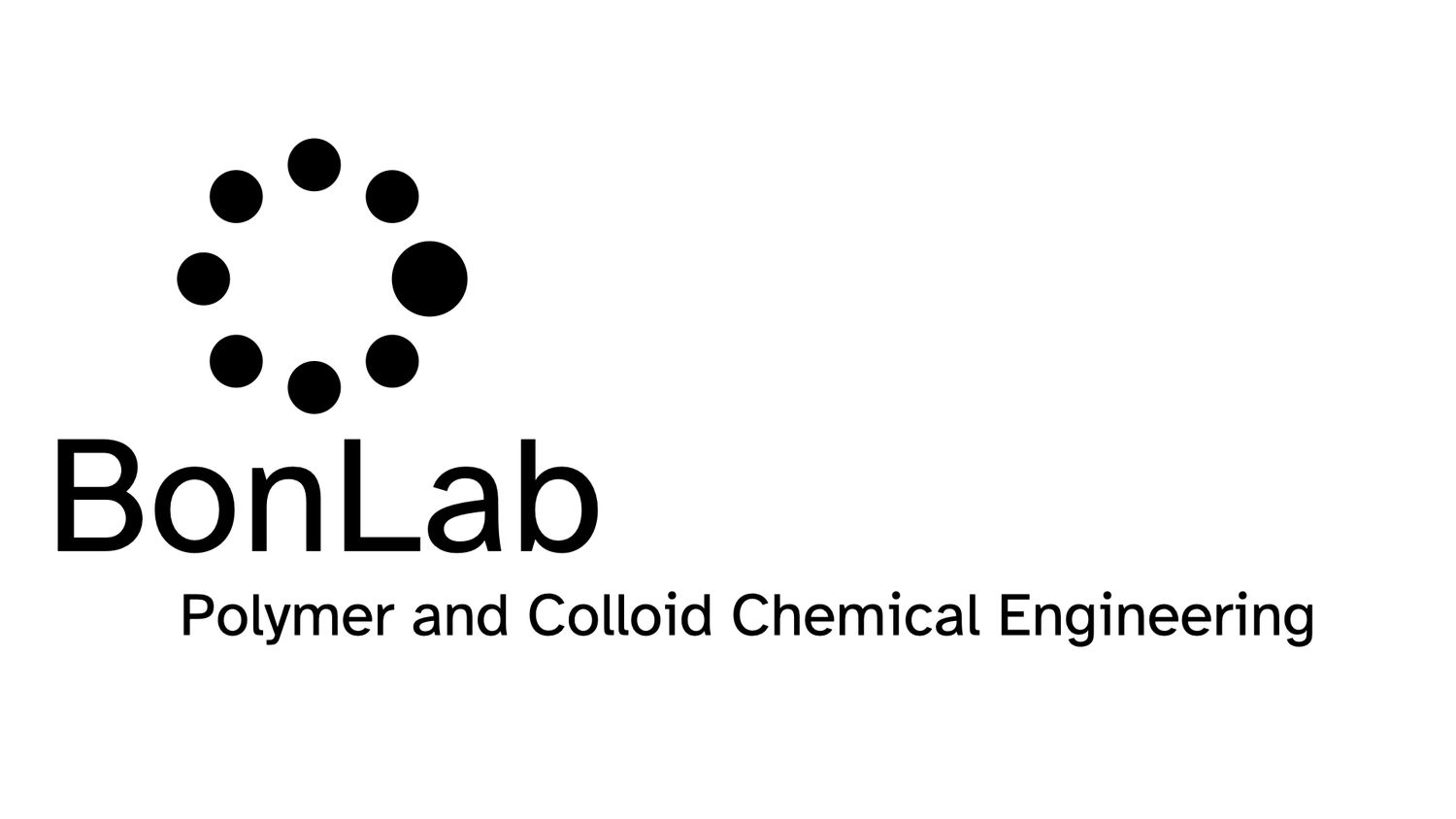SEM micrographs illustrating the mineralization of CaP at the surface of oil droplets stabilized with BCP. (A) Incubation periods of 0 hours (scale bar = 37 µm), (B) 48 hours (scale bar = 16 µm), (C) 60 hours (scale bar = 7 µm), (D and E) 72 hours (scale bars = 23 µm and 7 µm, respectively), (F) surface morphology of CaP capsule (scale bar = 704 nm), (G) CaP capsules annealed at 600 oC (scale bar = 2 µm), (H) surface morphology of CaP capsule after annealing at 600 oC (scale bar = 648 nm), and (I and J) shell thickness of the CaP capsules before annealing (scale bars = 1 µm and 540 nm, respectively).
Calcium phosphate based hybrid materials are of great interest for bio-related science, for example our bones and teeth contain mineral components made from calcium phosphate. One class of materials of great interest are microcapsules, as these can store and release active ingredients. Calcium phosphate microcapsules have been made before via a number of synthetic pathways. Key drawbacks however are tedious and long (up to a month) fabrication methods. In our paper published recently in the Journal of Materials Chemistry B we report on a versatile and time-efficient method to fabricate calcium phosphate (CaP) microcapsules by utilizing oil-in-water emulsion droplets stabilized with synthetic branched copolymer (BCP) as templates. The BCP was designed to provide a suitable architecture and functionality to produce stable emulsion droplets, and to permit the mineralization of CaP at the surface of the oil droplet when incubated in a solution containing calcium and phosphate ions. The CaP shells of the microcapsules were established to be calcium deficient hydroxyapatite with incorporated chlorine and carbonate species. These capsule walls were made fluorescent by decoration with a fluorescein-bisphosphonate conjugate.
To read the paper: DOI: 10.1039/C5TB00893J


